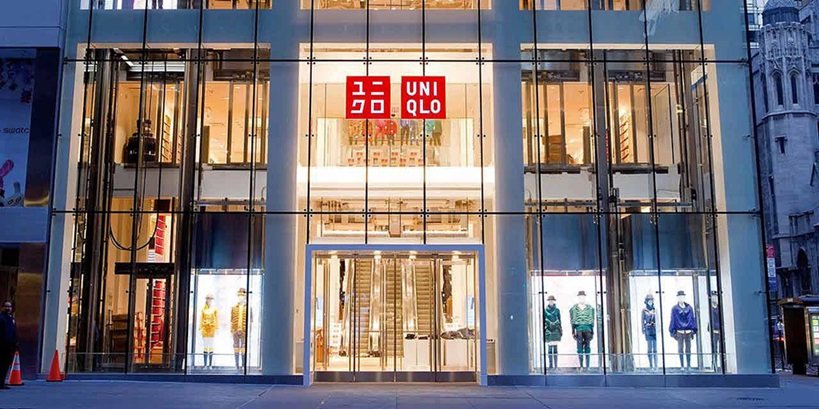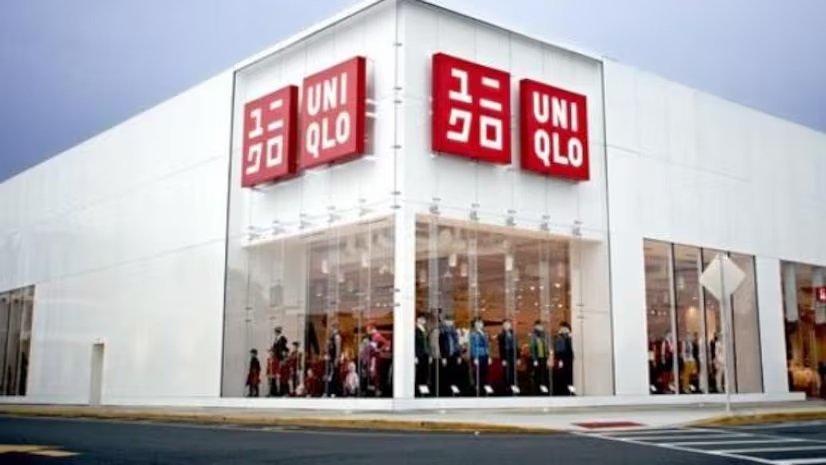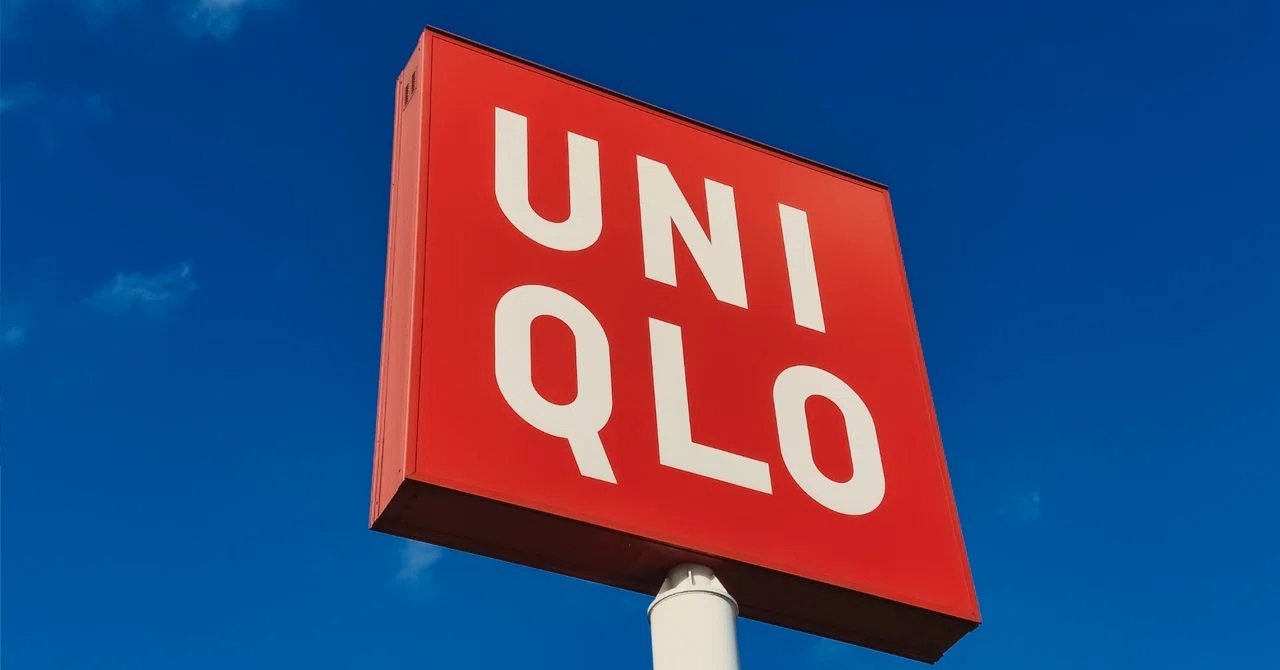In the realm of global fashion, few brands have experienced as remarkable a rise as Uniqlo. Known for its simple, high-quality, and affordable clothing, Uniqlo has become a household name across the world. The brand’s success story is a testament to innovative thinking, strategic vision, and a deep understanding of consumer needs. This article delves into the history, strategies, and key factors that have propelled Uniqlo to the pinnacle of the global fashion industry.
Origins and Early History
Uniqlo’s journey began in 1949, when Hitoshi Yanai founded Ogori Shoji, a men’s clothing shop in Ube, Yamaguchi, Japan. The company initially focused on selling suits and other formal wear, catering to the local market. However, the turning point came in 1984 when Tadashi Yanai, Hitoshi’s son, opened the first Uniqlo store in Hiroshima under the name “Unique Clothing Warehouse.”
The concept behind Uniqlo was simple yet revolutionary: to offer high-quality casual wear at affordable prices. This approach resonated with consumers, leading to rapid expansion. By 1994, Uniqlo had opened over 100 stores across Japan, establishing itself as a major player in the domestic market.
Uniqlo Success Story: Global Fashion Powerhouse
The Uniqlo Business Model

Uniqlo Success Story can be attributed to its unique business model, which combines several key elements:
- SPA (Specialty Store Retailer of Private Label Apparel): Uniqlo operates as a SPA, controlling every aspect of its operations from design and production to distribution and retail. This vertical integration allows the company to maintain high standards of quality while keeping costs low.
- High-Quality Basics: Unlike many fashion brands that chase trends, Uniqlo focuses on providing timeless, high-quality basics. This strategy ensures that its products have a longer shelf life and appeal to a broad audience.
- Technological Innovation: Uniqlo has consistently invested in technological advancements to enhance its products. Notable innovations include the Heattech line, which provides warmth without bulk, and AIRism, a fabric designed to keep the wearer cool and dry.
- Efficient Supply Chain: Uniqlo’s supply chain is a model of efficiency. The company works closely with a limited number of suppliers, ensuring consistent quality and faster turnaround times. This efficiency allows Uniqlo to respond quickly to market demands.
- Customer-Centric Approach: Uniqlo places a strong emphasis on customer satisfaction. The brand listens to customer feedback and uses it to improve products and services continuously. This customer-centric approach has helped build a loyal customer base.
Global Expansion
Having established a strong presence in Japan, Uniqlo set its sights on the international market. The first step in its global expansion was the opening of a store in London in 2001. This move marked Uniqlo’s entry into the highly competitive European market. Despite initial challenges, the brand persevered and gradually gained a foothold.
The United States market presented another significant opportunity. In 2006, Uniqlo opened its first U.S. store in New York City. The flagship store on Fifth Avenue quickly became a popular destination for fashion-conscious consumers, helping to establish the brand’s reputation in the U.S.
Asia has been a particularly fruitful region for Uniqlo. The brand has successfully expanded into major markets such as China, South Korea, and Southeast Asia. In China, Uniqlo’s strategy of offering affordable, high-quality clothing has resonated strongly with the burgeoning middle class, leading to rapid growth.
The Role of Tadashi Yanai

Central to Uniqlo Success Story is the visionary leadership of Tadashi Yanai. As the chairman, president, and CEO of Fast Retailing (Uniqlo’s parent company), Yanai has been instrumental in shaping the brand’s strategy and guiding its growth. Under his leadership, Uniqlo has become the flagship brand of Fast Retailing, which is now one of the largest apparel retailers in the world.
Yanai’s management philosophy is characterized by a relentless pursuit of excellence and a willingness to embrace change. He has emphasized the importance of innovation, efficiency, and customer satisfaction, driving Uniqlo to constantly improve and adapt to market trends.
Key Milestones in Uniqlo’s Journey
Uniqlo’s path to success is marked by several key milestones:
- 1998 – The Fleece Revolution: One of the pivotal moments in Uniqlo’s history was the introduction of affordable fleece jackets in 1998. The fleece jackets became a sensation in Japan, with over 2 million units sold within a year. This success catapulted Uniqlo into the national spotlight and showcased its ability to create high-quality, affordable products that resonate with consumers.
- 2006 – Global Flagship Stores: The opening of Uniqlo’s global flagship store in New York City in 2006 marked a significant step in its international expansion. The flagship stores, with their large, modern, and inviting designs, have become symbols of Uniqlo’s global presence.
- 2009 – Collaboration with Jil Sander: Uniqlo’s collaboration with renowned designer Jil Sander for the +J collection in 2009 was a game-changer. The collaboration brought high fashion to Uniqlo’s affordable price range, attracting a new segment of fashion-forward consumers and earning critical acclaim.
- 2010 – Entry into China: Uniqlo’s expansion into China in 2010 was a major milestone. The brand’s affordable, high-quality basics appealed to the rapidly growing middle class, making China one of Uniqlo’s most important markets.
- 2012 – Partnership with Disney: The partnership with Disney in 2012 allowed Uniqlo to create unique, themed apparel that attracted a broad audience. The collaboration was a commercial success and demonstrated Uniqlo’s ability to leverage popular culture.
Challenges and Adaptations
Despite its successes, Uniqlo has faced its share of challenges. The brand’s initial foray into the U.S. market was met with difficulties, including stiff competition and high operational costs. However, Uniqlo adapted by refining its product offerings and focusing on flagship stores in major cities.
The fast fashion industry’s environmental impact has also been a significant concern. Uniqlo has addressed this issue by committing to sustainability. The company has implemented several initiatives, such as the recycling of used clothing through its Re.Uniqlo program and the use of sustainable materials in its products. Uniqlo’s efforts towards sustainability reflect its commitment to responsible business practices.
Uniqlo’s Marketing Strategy

Uniqlo’s marketing strategy has played a crucial role in building its brand and driving its success. The company has employed a mix of traditional and digital marketing techniques to reach a broad audience. Key elements of its marketing strategy include:
- High-Profile Collaborations: Uniqlo has partnered with renowned designers, artists, and brands to create exclusive collections. These collaborations generate buzz and attract new customers. Notable collaborations include partnerships with Jil Sander, Alexander Wang, and the Museum of Modern Art (MoMA).
- Innovative Advertising: Uniqlo’s advertising campaigns are known for their creativity and impact. The brand uses a mix of TV commercials, print ads, and digital campaigns to communicate its message. The focus is often on the quality, functionality, and innovation of its products.
- Store Experience: Uniqlo places a strong emphasis on the in-store experience. Its flagship stores are designed to be visually appealing and customer-friendly. The stores often feature interactive displays and technology that enhance the shopping experience.
- Digital Presence: Uniqlo has embraced digital marketing and e-commerce. The brand’s website and mobile app are user-friendly and offer a seamless shopping experience. Uniqlo also uses social media platforms to engage with customers and promote its products.
Future Outlook
As Uniqlo looks to the future, several factors will shape its continued success:
- Sustainability: Uniqlo’s commitment to sustainability will play a crucial role in its future growth. Consumers are increasingly demanding environmentally responsible products, and Uniqlo’s efforts to address this need will enhance its brand reputation and customer loyalty.
- Technology Integration: Uniqlo will continue to leverage technology to improve its products and operations. This includes innovations in fabric technology, supply chain management, and digital marketing.
- Expansion in Emerging Markets: Uniqlo’s growth strategy will likely focus on expanding its presence in emerging markets. Regions such as Southeast Asia, India, and Africa present significant opportunities for growth.
- Adaptation to Changing Consumer Preferences: The fashion industry is constantly evolving, and Uniqlo will need to stay attuned to changing consumer preferences. This includes staying ahead of fashion trends and understanding shifts in consumer behavior.
Conclusion
The Uniqlo Success Story: From Humble Beginnings to Global Fashion Powerhouse is a testament to the power of innovation, strategic vision, and customer-centricity. From its humble beginnings in Japan to its status as a global fashion powerhouse, Uniqlo has consistently demonstrated its ability to adapt and thrive in a competitive industry. By focusing on high-quality basics, technological innovation, and efficient operations, Uniqlo has carved out a unique position in the market. As the brand continues to grow and evolve, it remains a shining example of how a clear vision and relentless pursuit of excellence can lead to enduring success.

